The system’s inventors claim it predicts outbreaks up to three months in advance.


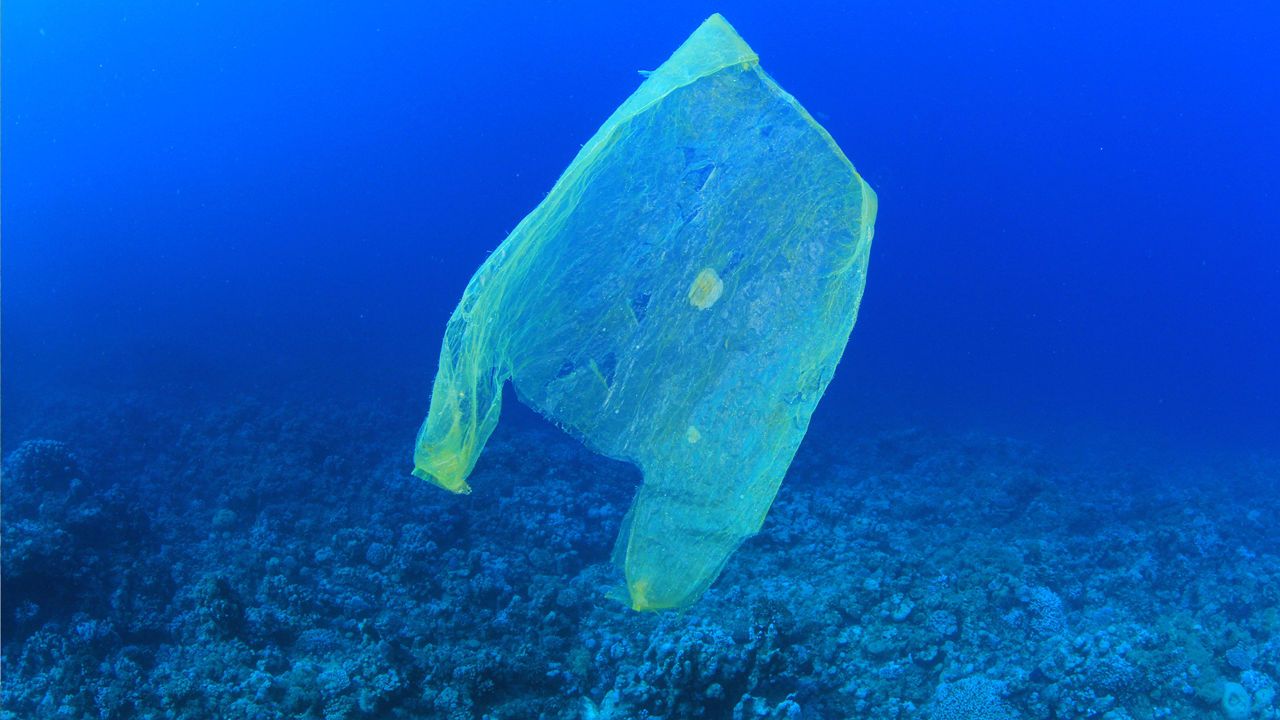
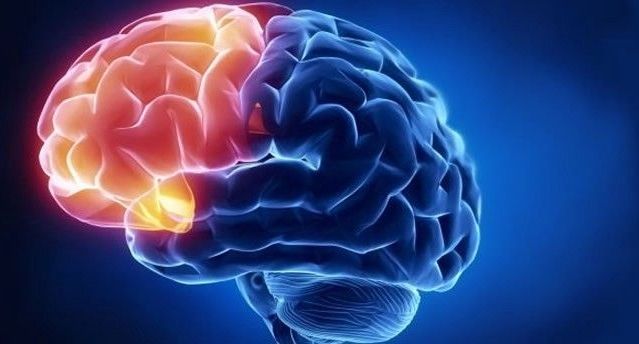
Q) Why Algorithmic leaps can be better than Hardware leaps?
Ans) Hardware constraints create bottlenecks that are hard to tackle as uncertainty of physics at small scale (nano-meters and less) come into play (electrons start jumping around).
At this point, ideas (algorithms) can be used to unleash full potential of the feasible hardware.

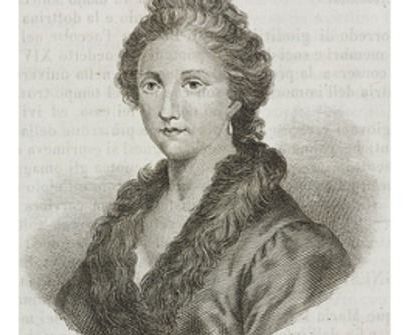
Born 300 years ago this month, Agnesi was the first woman to write a mathematics textbook and to be appointed to a university chair in math.
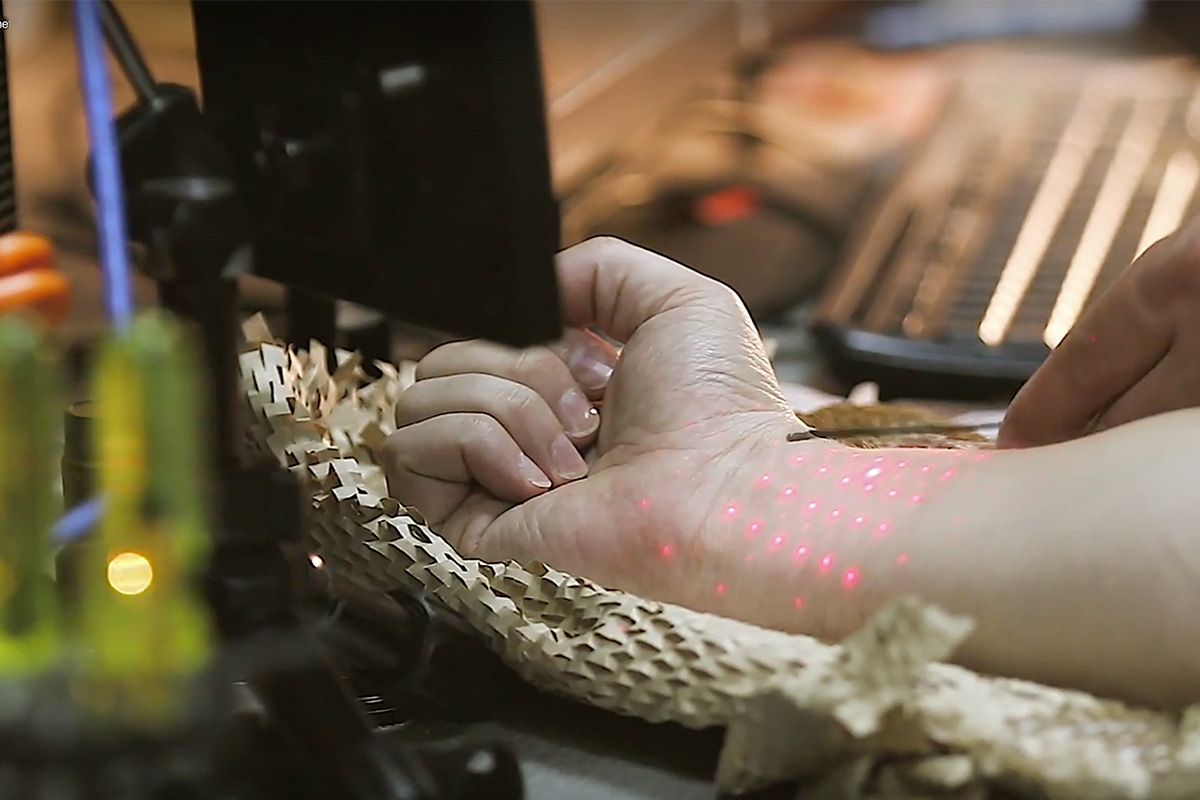
By Julianna Photopoulos
A laser device can monitor vital signs such as your heartbeat, breathing rate, and muscle activity from up to a metre away. The device is intended for hospital patients or those with chronic diseases who need close monitoring at home. What’s more, it works through your clothes.
“No wires — everything is non-contact — continuously measuring different biomedical parameters with a single sensor,” says Zeev Zalevsky who developed the SmartHealth Mod with his team at ContinUse Biometrics, based …
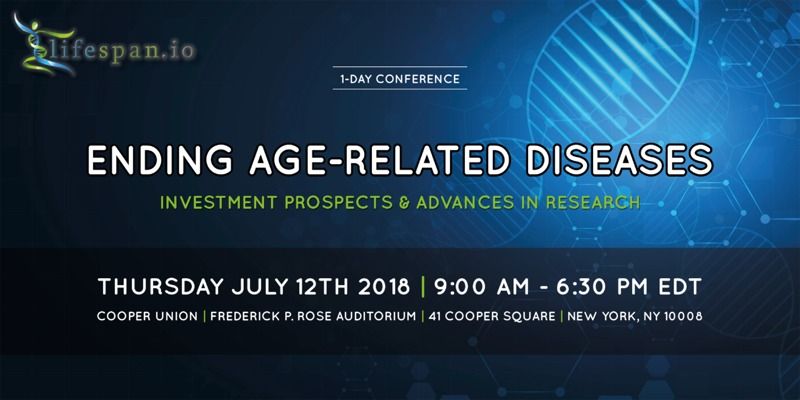
The first conference on ageing research organised by the Life Extension Advocacy Foundation is coming to New York on July 12th!
We’re extremely excited to announce “Ending Age-Related Diseases: Investment Prospects & Advances in Research”, the very first rejuvenation biotechnology conference that LEAF has organized.
Respected speakers from around the globe
The event, which will take place on July 12, 2018 from 10:30 AM to 6:00 PM EDT in New York City, is one of the many LEAF initiatives made possible by the support of our Heroes; it will feature a superb series of speakers—researchers, investors, advocates—including gerontologist and stem cell pioneer Dr. Michael West from AgeX Therapeutics; Bioage Labs Vice President and regenerative medicine specialist Dr. Alexandra Stolzing; SENS Research Foundation CSO Dr. Aubrey de Grey, pioneer of the maintenance approach to aging; “Fight Aging!” blog editor and co-founder of the recently launched Repair Biotechnologies; and, of course, LEAF President Keith Comito and LEAF Vice President Dr. Oliver Medvedik.
A skybridge for flight tests & robot fighting rings. Welcome to DJI’s new Shenzhen digs.
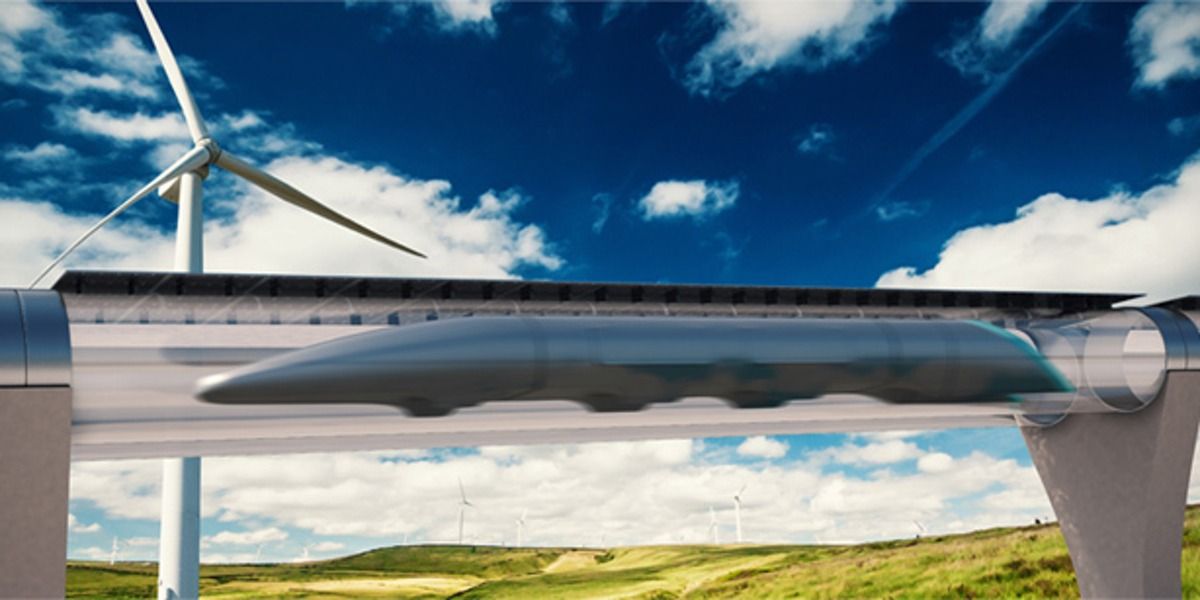
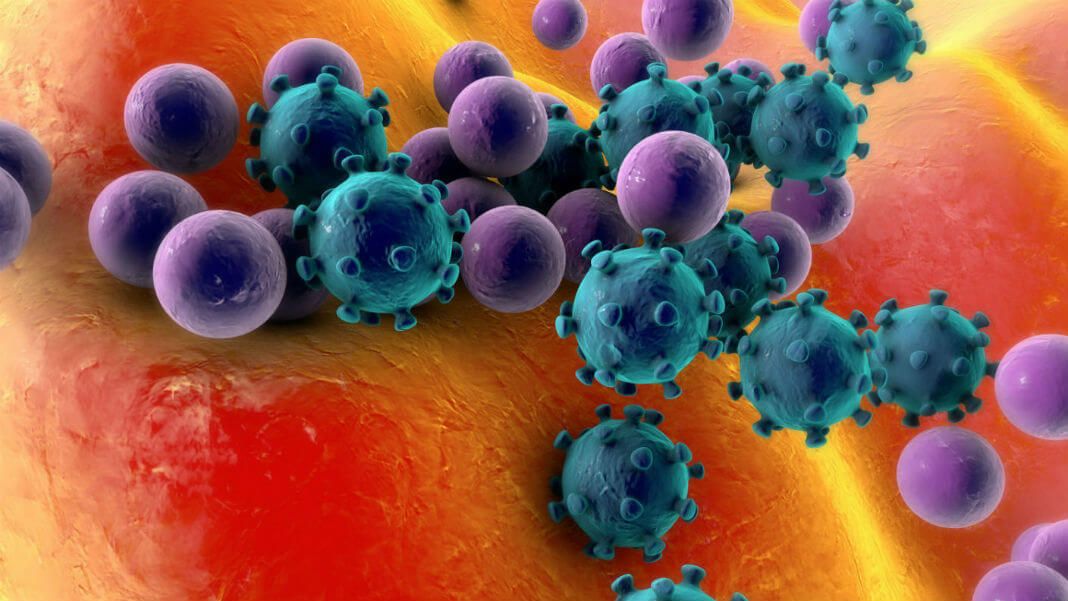
Recently, roughly 200 eminent scientists assembled in Boston. Their agenda? Creating “superhero” human cells impervious to all viral attacks and possibly other killers—radiation, freezing, aging, or even cancer.
The trick isn’t super-soldier serum. Instead, the team is relying on tools from synthetic biology to read the cell’s genetic blueprint and rewrite large chunks of the genome to unlock these superpowers.
“There is very strong reason to believe that we can produce cells that would be completely resistant to all known viruses,” said Dr. Jef Boeke, a geneticist at New York University and a co-leader of the project. “It should also be possible to engineer other traits, including resistance to prions and cancer.”